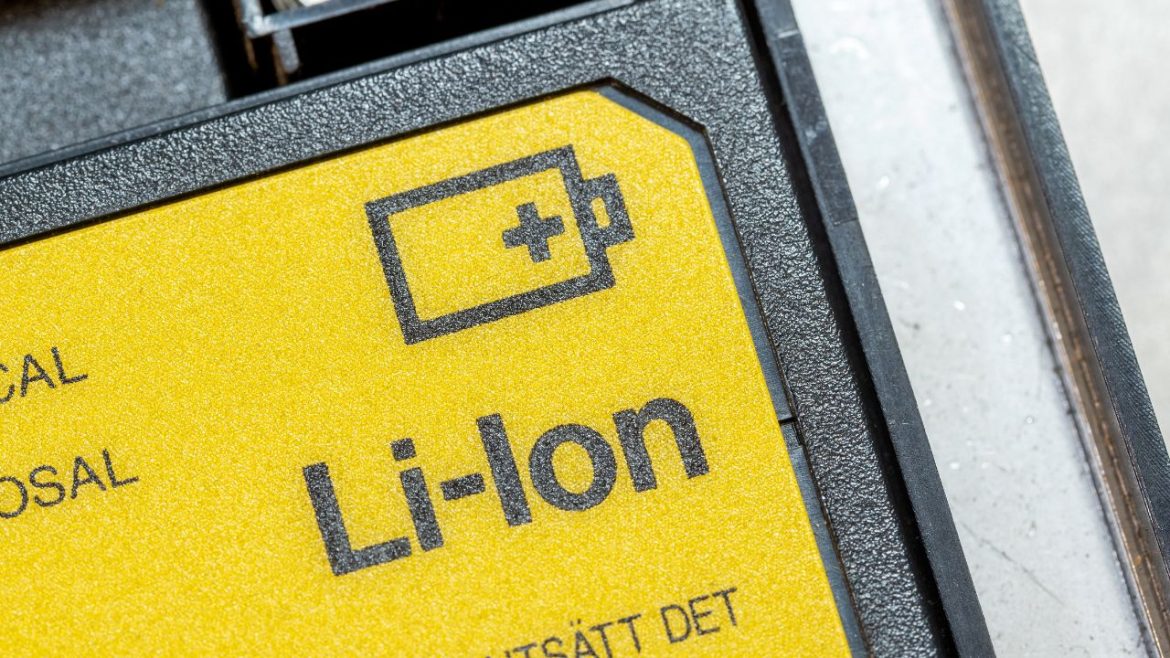Since Lithium-ion laptop batteries have proven to provide a high energy density and a long life span, It has set the standard for portable computing. But to get the ultimate brightness and the highest service life, it is necessary to know the essence of their maintenance and use. This guide provides insight into straightforward procedures and general practices for charging the lithium-ion LK03XL Battery on your laptop and its storage.
If you follow these points, then you can bring a long-lasting battery span, minimize the chances of battery deterioration and keep your laptop as a powerful and efficient powerhouse for several years. So jump right in and charge your batteries with knowledge!
Key Features of Li-ion Batteries
- High Energy Density: This enables more power within a smaller and lighter battery.
- Low Self-Discharge: When not in use these batteries can stay charged for a fairly extended period of time.
- No Memory Effect: Unlike Nickel Cadmium (NiCd) batteries, Li-ion batteries do not require total discharge before charging is performed.
How to get the Most of Your Laptops Battery?
1. Optimal Charging Practices
As a result of this, one of the key components of Li-ion battery management is the best practices in charging.
- Avoid 100% Charge and 0% Discharge: Do not let the battery die completely and do not overcharge your device as it can also harm the battery. Ideally, it is valuable to sustain the charge level of the battery at somewhere around 20 % to 80%.
- Unplug After Full Charge: While the latest laptops are equipped with circuits that look after the battery overcharging, it is safer to detach your laptop charger once your battery is fully charged.
- Regular Partial Charging: Partial charges are more often than deep discharge and full charges.
2. Temperature Management
Li-ion batteries are notorious for responding to temperature changes and extreme temperatures take a toll on the battery.
- Keep Cool: It is, again, important not to expose your laptop to any form of heat. One must, however, use a cooling pad as it assists in regulating the temperature.
- Avoid Freezing Temperatures: The battery is also affected by low temperatures; in fact, very low temperatures may be detrimental to the battery. Never leave your laptop on a car seat at night during winter.
3. Battery Calibration
In the long run, the battery charge gauge can be manipulated and display a wrong battery charge status. To get a more precise reading, your battery should be calibrated.
Steps to Calibrate Your Battery:
- Fully charge your laptop and then plug it into a power source for a couple more hours.
- Remove the chargers and then continue using the laptop until the batteries are dead and the laptop turns off.
- Finally, turn off the laptop and let the laptop stay off for at least 5 hours.
- Fully charge the battery up to the last percent as much as possible.
It is also necessary to calibrate your battery once every few months so that charge indicators are correct.
4. Storage Practices
If you won’t be using your laptop for an extended period, here’s how to store the battery properly:
- Charge to Around 50%: In an optimal situation, there is a need to leave the battery charged up to about 40-50%. This goes a long way in keeping its capacity over a period of time.
- Cool and Dry Place: These considerations see the battery storage in areas that do not experience high temperatures and a relative humidity of not more than 80%.
5. Enable Battery Saver Mode
Every other laptop today has a battery saver mode, which can be activated to help the battery extend its duration. This mode is generally known to lower the processing speed, decrease the brightness of the screen, and minimize other operations.
6. Update Software and Drivers
Companies launch updates to the software which enhance battery quality and economy. Check for the updated version of your operating system and drivers.
7. Do not Overload the Battery Charges
This simply means that when you are on the battery power, you should not run any application that will pull a substantial power because it will drain the battery power faster and produce heat in the process.
- Use AC Power for Heavy Tasks: If you are gaming video editing or running virtual machines, then plug the laptop in.
8. Run Battery Reports
Today, operating systems provide various means for battery diagnostics and usage, which can be used to make certain improvements.
Generating a Battery Report:
- Windows: Go to start and type in Command Prompt, then press “Enter”; after that, type in power cfg /batteryreport.
- macOS: Open the System Preferences > Battery > Battery Health.
These reports give a bit more comprehensive information about charge cycles, battery capacity as well as battery health.
Conclusion
Laptop lithium-ion battery maintenance involves learning the battery’s specific features and avoiding practices that would result in quick degradation. Charging and discharging, temperature, calibration and some of the systems tools will help to increase the battery lifespan of a laptop. The tips mentioned above make it possible to use the laptop for many years, and thus, they are very useful for use in our day to day lives.
